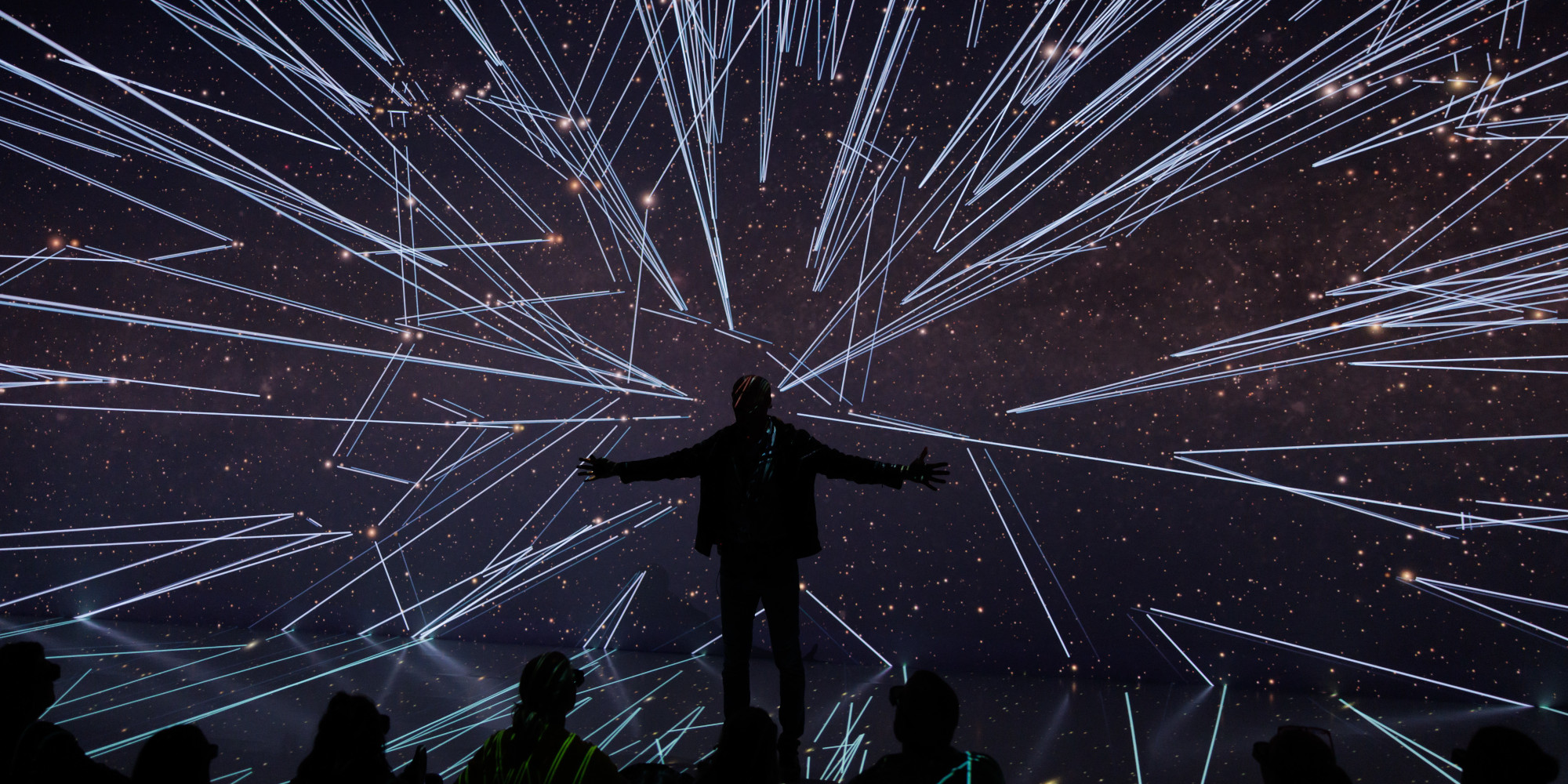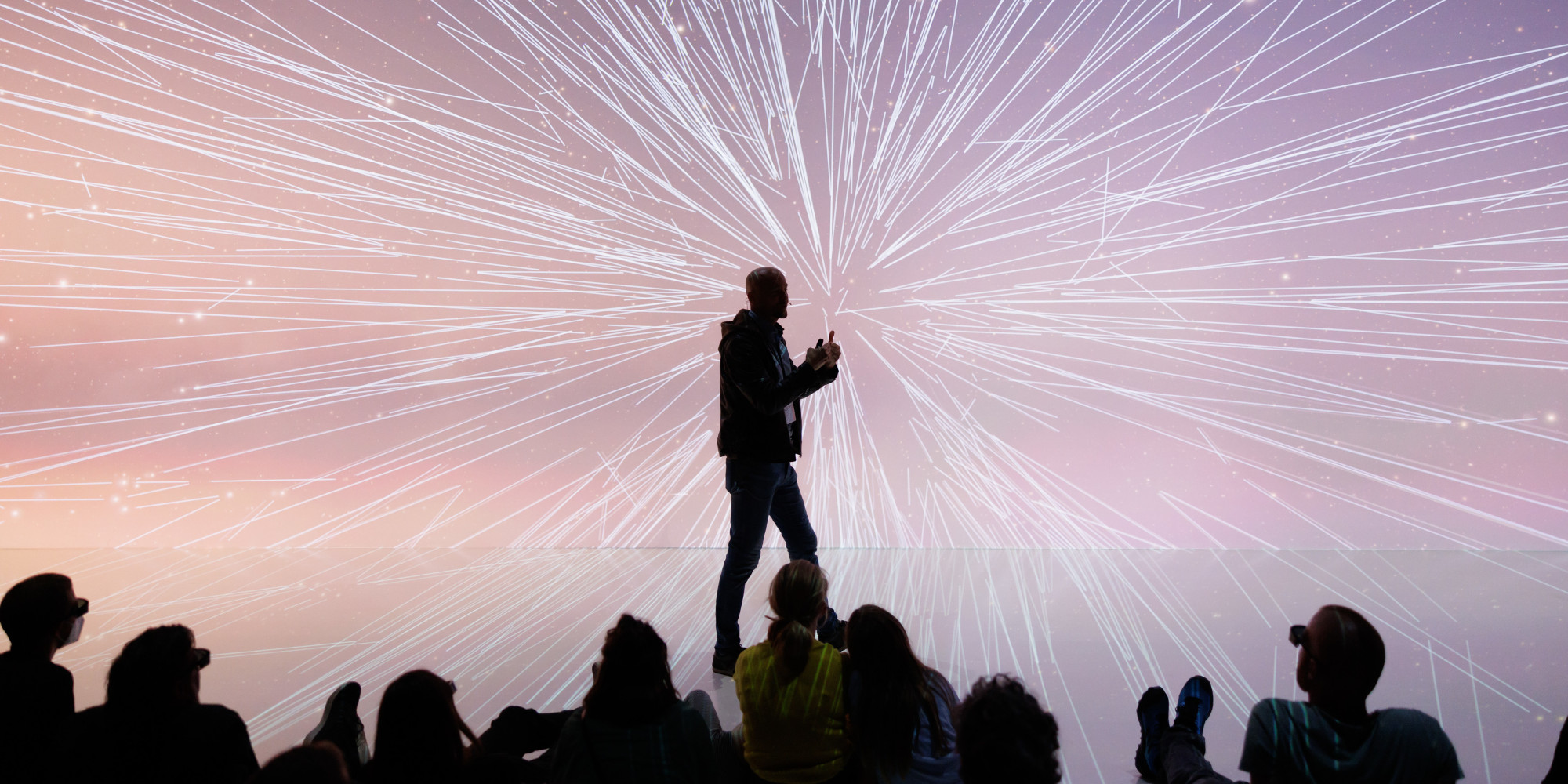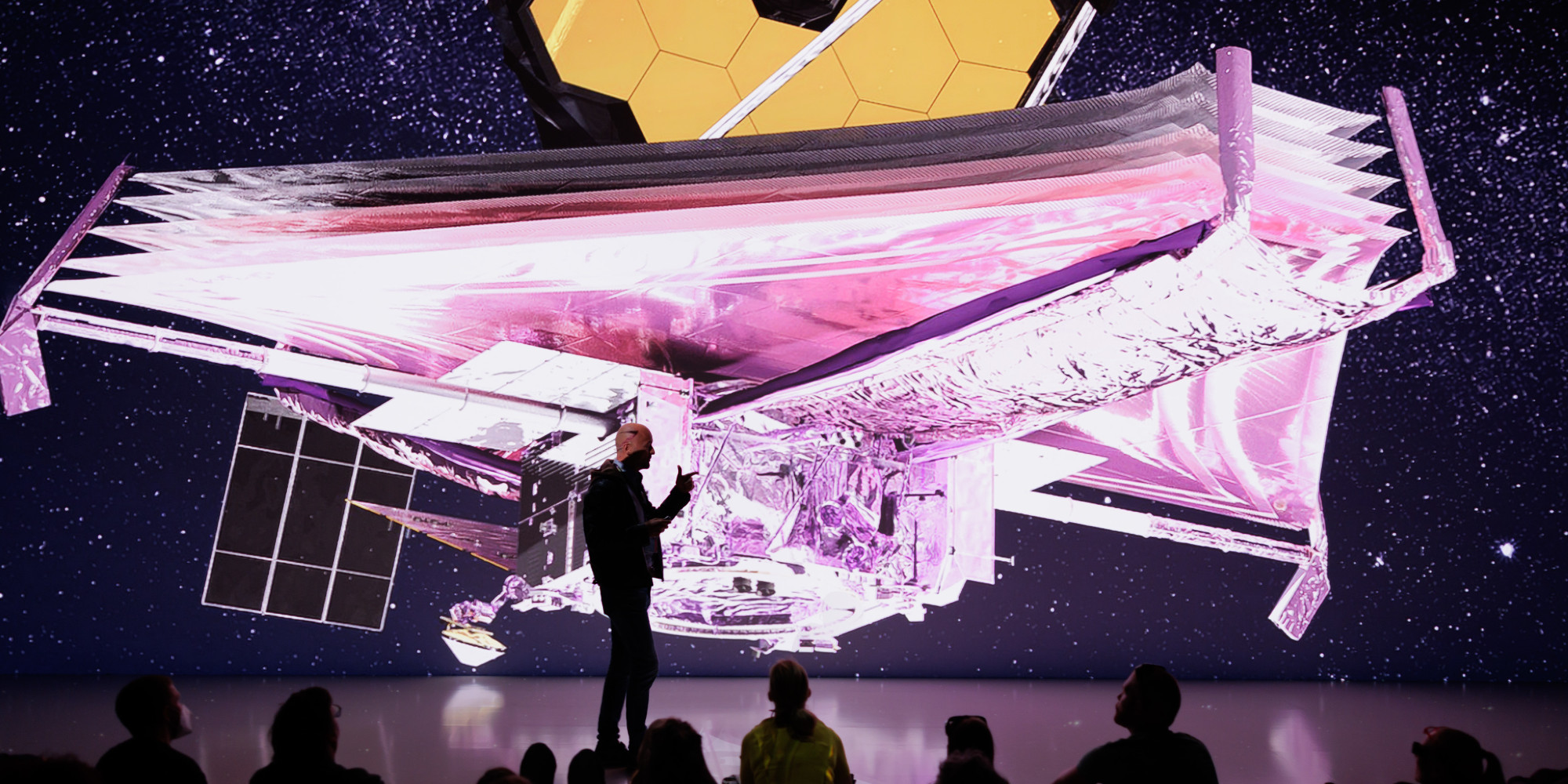The well-known Hubble Space Telescope (HST) has reached its limits after years of looking into the depths of space. Now it is time to examine an area where Hubble is blind: the near-infrared and the infrared range. Modern telescopes will have to work outside visible light. One successor is the JWST: James Webb Space Telescope. This result of modern engineering is an extraordinary telescope specialist, but its field of view is comparatively miniature. The JWST is not capable of a sky survey. In the next few years, the JWST will be supported by state-of-the-art Earth-based telescopes, such as the Giant Magellan Telescope (GMT), which is currently being built in Chile. The GMT will have non-obstructed optics, consisting of 7 primary mirrors, each 8.4m in diameter. This talk reaches out from the Hubble Space Telescope to the James Webb Space Telescope and the Giant Magellan Telescope and gives an idea of how new discoveries will revolutionize our understanding of space.
Dietmar works as an orthopedic-trauma surgeon, specializing in hand- and micro-surgery. When stowing away the microscope in the OR, he steps into his private astronomical observatory, devoting time to astrophotography, publishing his work at NASA. As an ESO Outreach Ambassador, as well as Fellow of the Royal Astronomical Society, he enthusiastically speaks about the starry night skies.







